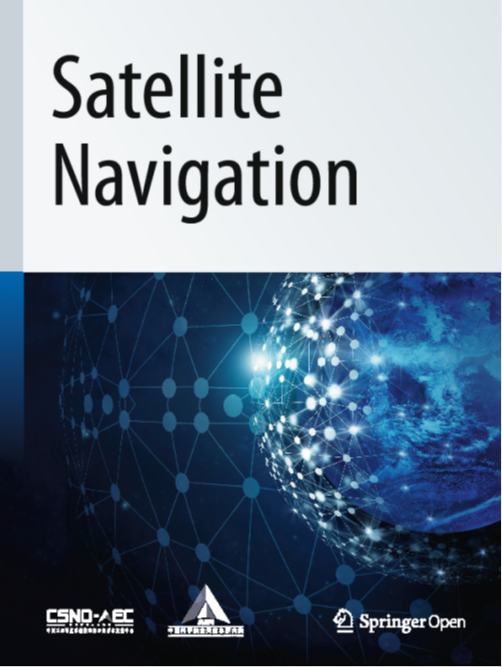GNSS滑坡监测中基准站稳定性分析及监测站补偿
IF 10.1
1区 地球科学
Q1 ENGINEERING, AEROSPACE
引用次数: 0
摘要
全球卫星导航系统(GNSS)的实时运动学(RTK)定位方法在滑坡监测中得到了广泛的应用。其参考站的稳定性对获得准确可靠的监测结果至关重要。由于地质环境和人类活动的影响,参考台站的不稳定难以检测,在实际应用中往往被忽略。因此,它会影响定位解决方案,进而影响滑坡运动的解释和检测,这是GNSS滑坡监测必须解决的问题。为了解决这个问题,我们提出使用精确点定位(PPP)技术,通过验证参考站的位置来分析参考站的稳定性。然后对监测站的变形进行补偿。首先,利用PPP技术获取参考台站坐标,在数据处理中考虑了大地构造运动。然后使用累积和控制图方法确定参考站位置的变化或突破。最后,根据参考站的位移对各监测站的位移进行补偿。根据腾庆滑坡试验结果,PPP技术可用于GNSS滑坡监测,分析参考站的稳定性。使用PPP,参考站的坐标精度可以达到毫米级。与传统的变形序列相比,补偿位移序列更可靠地反映了滑坡运动。本研究将提高监测结果的可靠性,并有助于GNSS在滑坡监测中的应用。本文章由计算机程序翻译,如有差异,请以英文原文为准。
Stability analysis of reference station and compensation for monitoring stations in GNSS landslide monitoring
Abstract The Real-Time Kinematic (RTK) positioning method of the Global Navigation Satellite System (GNSS) has been widely used for landslide monitoring. The stability of its reference station is crucial to obtain accurate and reliable monitoring results. Unstable reference stations due to the geological environment and human activities are difficult to detect and in practical applications often ignored. As a result, it affects the positioning solutions and subsequently the interpretation and detection of landslide motions, which must be addressed in GNSS landslide monitoring. To solve this problem, we propose using the Precise Point Positioning (PPP) technique to analyze the stability of the reference station by verifying its position. The deformations of the monitoring stations are then compensated. First, the reference station coordinates are obtained by the PPP technique and tectonic motion is considered in data processing. The change or breakout of the reference station position is then determined using a cumulative sum control chart method. Finally, each monitoring station’s displacements are compensated according to the displacements of the reference station. According to the results of the Tengqing landslide experiment, the PPP technique can be used in GNSS landslide monitoring to analyze the stability of reference stations. With PPP, millimeter-level accuracy for the coordinates of reference stations is achieved. Compared to the traditional deformation series, the compensated displacement series more reliably reflects the landslide motions. This study will increase the reliability of monitoring results and contribute to implementing GNSS in monitoring landslides.
求助全文
通过发布文献求助,成功后即可免费获取论文全文。
去求助
来源期刊

Satellite Navigation
Multiple-
CiteScore
19.40
自引率
6.20%
发文量
25
审稿时长
12 weeks
期刊介绍:
Satellite Navigation is dedicated to presenting innovative ideas, new findings, and advancements in the theoretical techniques and applications of satellite navigation. The journal actively invites original articles, reviews, and commentaries to contribute to the exploration and dissemination of knowledge in this field.
 求助内容:
求助内容: 应助结果提醒方式:
应助结果提醒方式:


